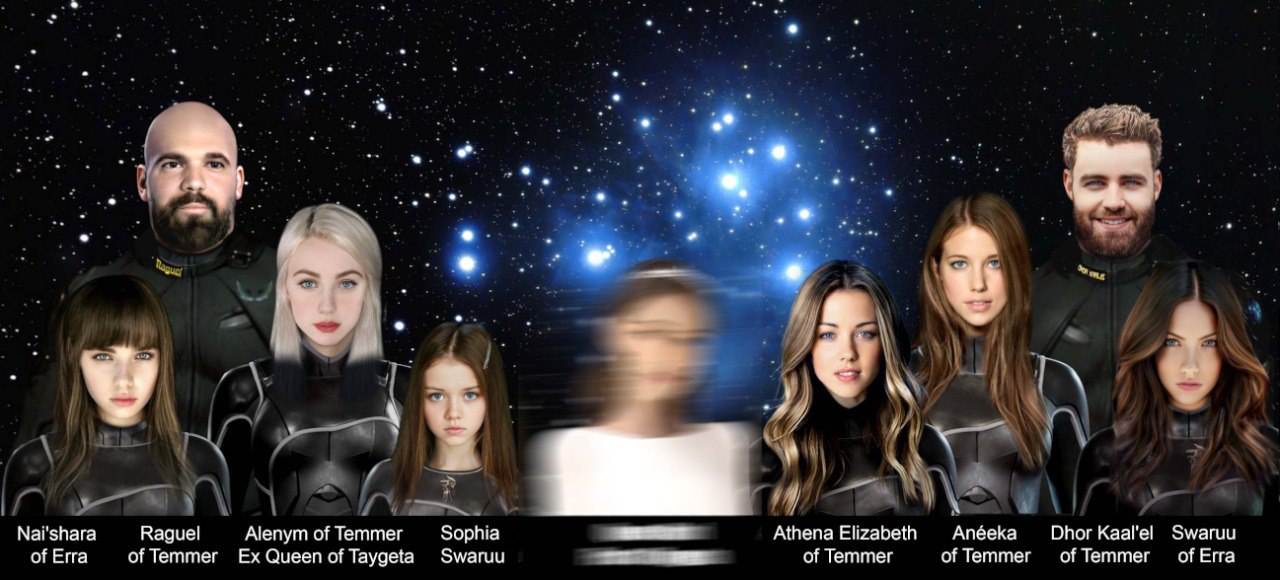Interstellar Life 6A - Taygetan Pleiadian Special Fighter Crafts - Yazhi and Athena Swaruu
THESE TRANSCRIPTS CAN BE ACCESSED TO MAKE TRANSLATIONS INTO ANY LANGUAGE (in text or video) ONLY WHEN THEY ARE ACCOMPANIED WITH THE OFFICIAL CREDIT TO THIS WEB PAGE AND OUR YOUTUBE CHANNELS WHERE THEY WERE FOUND.
Under no circumstances is it allowed to publish the information presented in our channels and on this page for commercial purposes (sale of books and promotional materials).
Author
Cosmic Agency, GosiaPublished
July 18, 2024Interstellar Life 6A - Taygetan Pleiadian Special Fighter Crafts - Yazhi and Athena Swaruu
Originally in Spanish – around 2021
Yazhi: Suzy is a Suzy-class fighter-class spacecraft. It is the first of a series of three such ships built. Suzy, this one, has the registration TP T-155. TPT stands for Taygeta - Pleiades - Temmer, translated, of course. As a place of registration. TPE stands for Taygeta - Pleiades - Erra and number.
The size of Suzy is like a medium-sized apartment, oddly shaped as it is long and not very wide. The ship is 93m long in total, but inside the living space is much smaller. It is two entire floors, one on top of the other.
The bottom floor is just engineering and maintenance. Then there is the main floor. Upstairs only access to systems that are overhead like one of the artificial gravity generator poles. But the latter is not a whole floor, you can only crawl in there to repair something. Also, there are the air ducts and all that.
The hull is electric blue. On the sides of the ship, the flight emblem, already well known, that did not come from Taygeta, but was adopted since the ship arrived here on Earth. The creator of this emblem is human.
The ship is in the shape of what we call SCI-FI. It is long. With wide fins at the back. Cabin at the front and engines at the back. Very similar to this image, but without those things they put on the wing tips. That is, same basic shape, but with oval wing tips:
In this image the plasma engines are very similar in shape: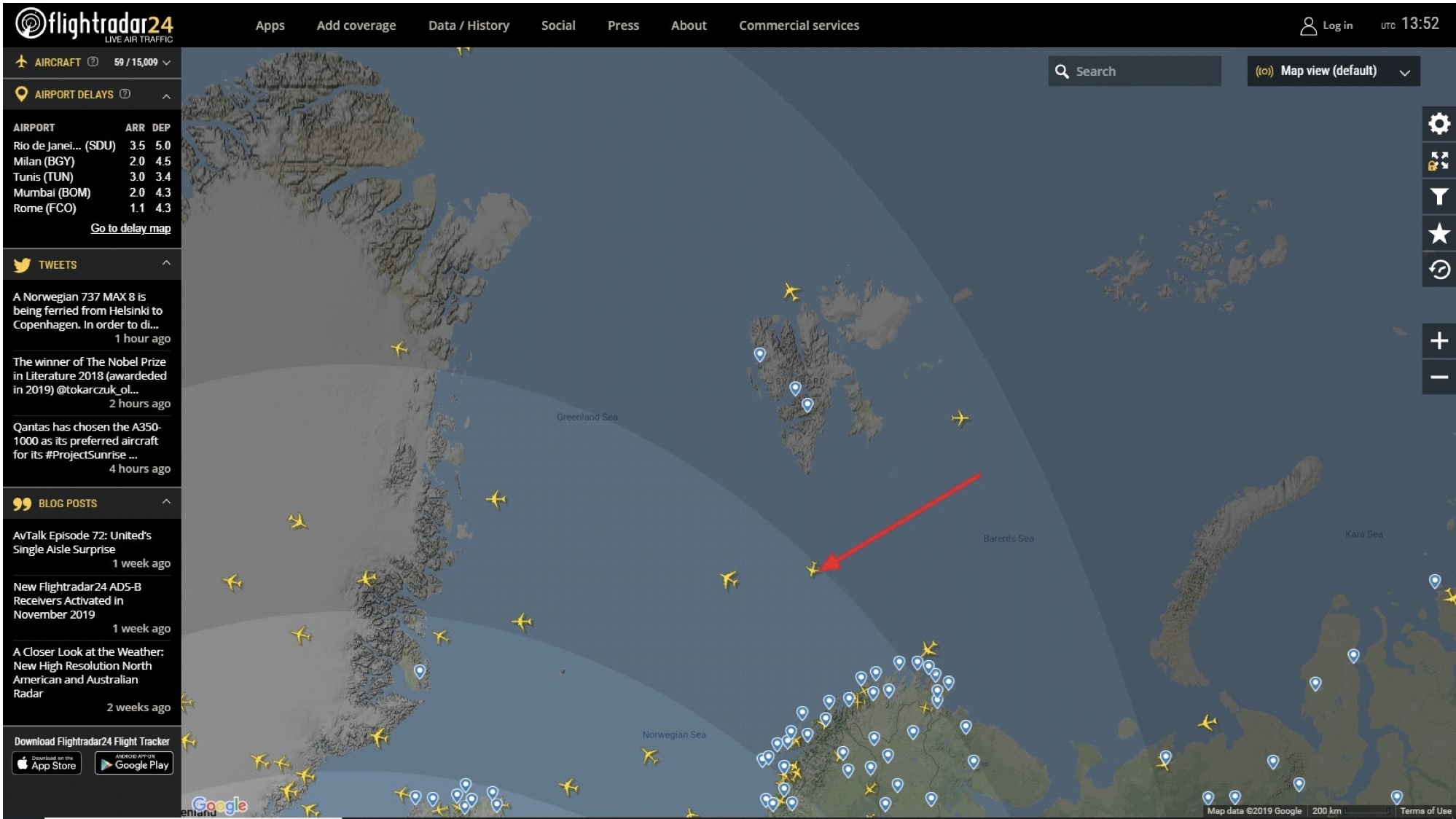
About the discoidal shaped ships, Taygeta does not use large disks as the shape of major ships. Discoidal ships exist, but they are as support ships, but they rarely or never enter the Earth's atmosphere because they can be vulnerable to attack. Only well-equipped fighter ships like this one or those of the Hashmallim, also inside Toleka, enter.
Back to Suzy, as I was saying, the ship is very big outside, but inside it is not so big because the living space is much smaller. Walking into the ship directly from the front and from the outside, you will see a wide metal ramp about the size of a car lift and it has been used for that. You walk up the ramp and on each side there are hydraulic pistons that raise and lower it. Some pieces of technology are simple and work well. You don't need to implement more complex things that tend to fail.
So, you go all the way up the ramp and you are in the cargo area which is the entrance. Towards the back, you have the interior space of a two-car garage, one behind the other, but one and a half times wider. With fasteners on the floor for vehicles or equipment.
On the sides, you have containers as storage cans with their lids. They are rectangular for loading anything and have orange elastic nets bordering the entire wall similar to what you would see in a cargo plane. Everything to hold equipment and cargo in general.
Either verbally or by pressing a button with an up and down arrow present there, or by thought instruction, you walk up the ramp with a metallic sound followed by sounds of locks and seals being compressed.
Once here, if you walk forward in the ship, you pass through a narrow corridor about 5m long with transparent walls on each side covering hundreds of light indicators, and it is the access point to the computer or central brain of the ship. Then you come to a door that slides sideways.
It is operated by compressed air with its characteristic sound where you enter the bridge or cockpit.
Inside it is shaped like a half-moon. That is, half-moon to the rear with the access door to the front with metallic gray walls. It has 7 black seats with black headrests with the ship's emblem embossed on them. The seats have copper-colored stitching. There are three seats in the rear followed by 2 in front, then a step and two more to the front, pilot and co-pilot. From the step, the floor is transparent. There are two consoles in front of the last two seats and in front of them there are two joysticks similar to this image. 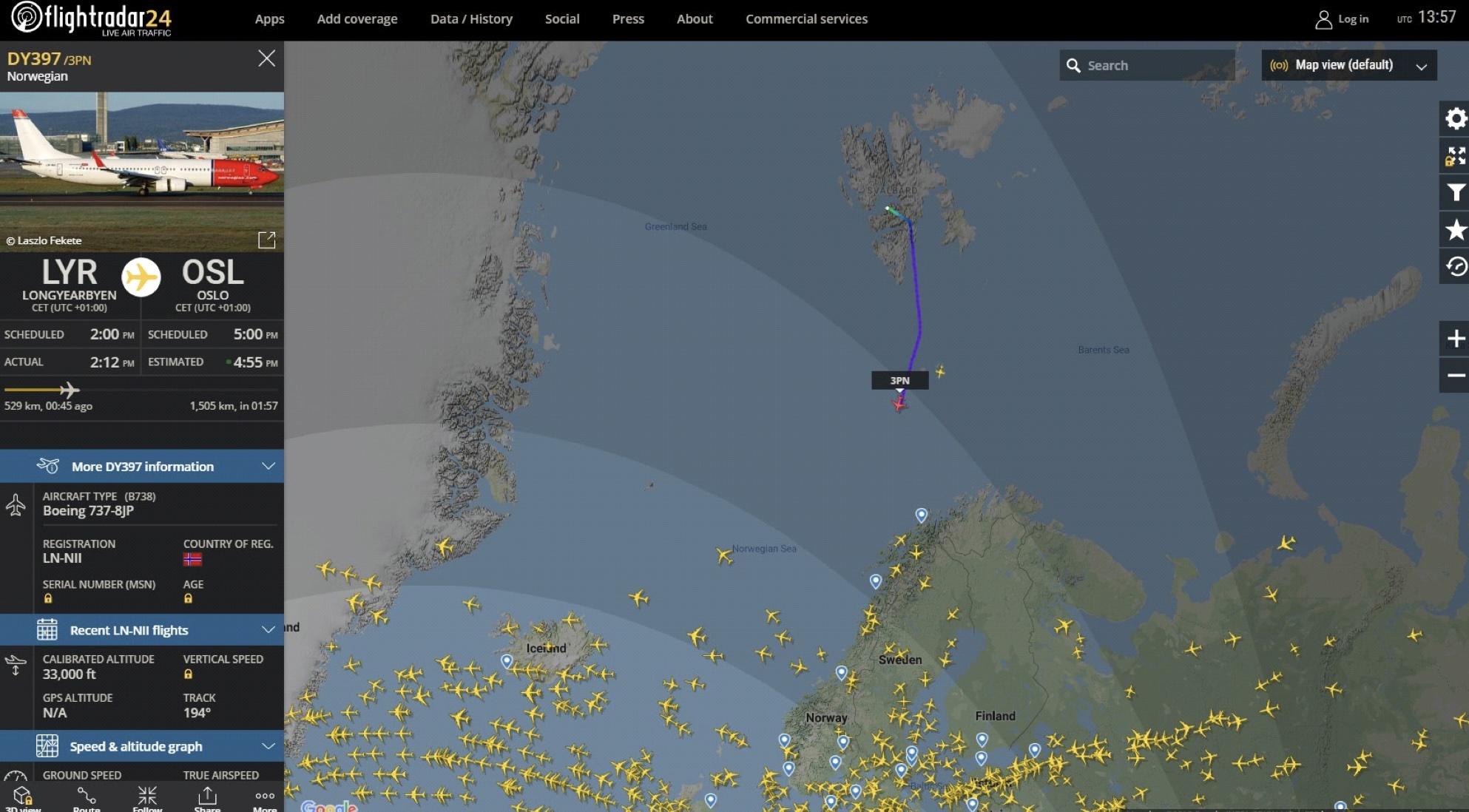
And to the sides of the seats, which also slide forward and backward at will, with consoles and all, there are two joysticks that go up from the floor. Very basic, but similar to this image: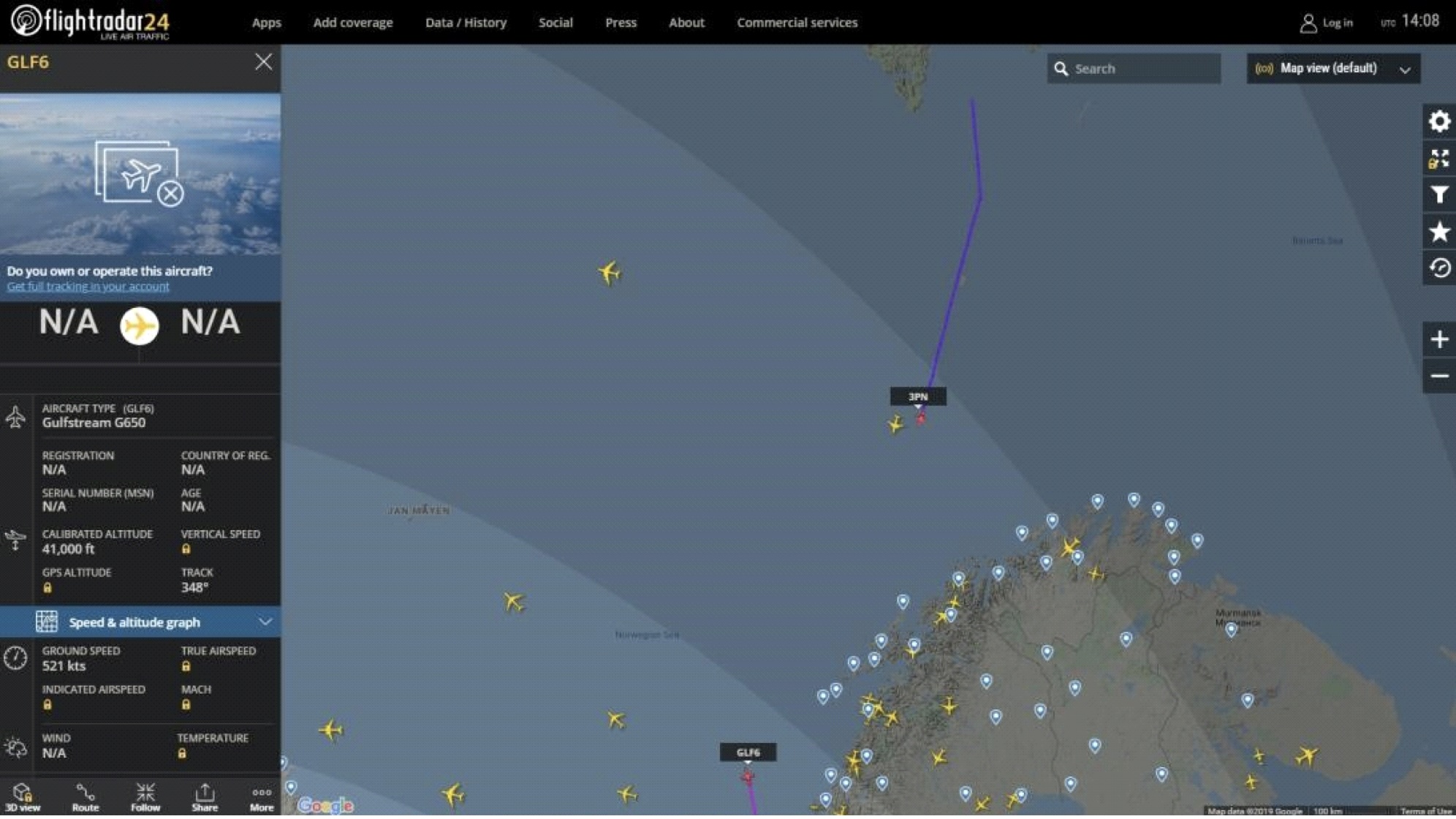
As I was saying, the cockpit is completely transparent at the front, top and bottom. Although outside it is not appreciated in the same way since the hull outside does not delimit the cabin as it is seen inside. There is no glass or anything like that. It is the same hull metal made of polymorphous titanium which is transparent as well. And it has the same strength as the rest of the hull of the ship.
As controls, holograms pop up around you that you can resize and reposition at will as displays up front. And they give you navigation data and physical position of the ship as an artificial horizon, altitude, linear velocity, ascent speed and engine data.
Leaving the bridge behind, we walk through the pneumatic door, down the hallway, arriving again at the cargo area with another door that I did not mention as it is usually always open. We walk to the bottom of the cargo area, going around the ramp if it is under or walking over it if it is up, where we enter through another pneumatic door into a long hallway with more pneumatic doors on each side.
The second door to my right, walking to the back, is my bedroom. We open the door that slides to the left and enter. To my right, there is a long closet with some of my clothes. With aluminum-colored doors. They are manual, sliding sideways by hand.
In front of that closet or clothes closet is the door, the entrance to the bathroom. We go in there. To the left, there is a door and a shower over a bathtub that can be filled with water. To the right, there is a long vanity with a mirror and drawers underneath. At the back, there is what would be the equivalent of a toilet. Above the dressing table with the mirror, there is a machine that mixes makeup colors and shades. You can create or reproduce the shades you want and, of course, there is a special dryer that automatically does some hairstyles for you. I personally never use it.
Leaving the bathroom to the left, there is the bedroom itself. On the left-hand side, with my back to the front door, there is a special table with seven computer screens and a black chair with copper-colored stitching with the ship's emblem on the headboard again.
Behind me, there is a long armchair, also black. On the wall separating the bathroom from the bedroom, there are more doors with access to storage and clothing. Opposite this wall, that is, to my left, there is the bed built into the window with controls around the bed to monitor everything that happens in the ship. Above the bed in the very frame of the window which is of long hexagonal shape. The window has a black metal colored blind that closes and opens automatically. There are no curtains. Behind me, and where the armchair is, there are more places for containers. Not much room to decorate.
Leaving my room, there are six other doors leading to six other bedrooms, totaling seven, like the seats in the front. That is, there are four tiny bedrooms with their bathrooms on the starboard side, right side. And two equally small bedrooms on the port side. That is, left side. With a third one, between them, twice the size, which is the captain's chamber, which is mine. Total seven.
The last two bedrooms to the rear contain the equivalent of electrical capacitors and equipment that I installed to increase the ship's power, part of the motors that power them.
Off this hallway, there is the eat-in kitchen. In the center, and blocking the way, there is a round table with screens above surrounding it and controls in the center. This entire area is white. Looking back to the left, there is the stove and three ovens and a work table where the food is prepared manually. It can be on automatic, but I don't like it. To your right, there are the cupboards and refrigerators.
If you walk to the back, past yet another pneumatic door, there is another hallway with smoke-colored transparent walls with electric controls for everything. On the floor, there is another door leading to the hull engineering area. Another whole floor below the current one, but full of gadgets and wires, tubes and all.
Then, walking to the back, you come to another compartment in the same shape as the galley. On the walls, you find equipment in its drawers or containers. Seven entire spacesuits in vertical containers hanging there with transparent lids.
In the center, there is the receiver of the tractor beam where the things or people to be moved arrive or depart from. The apparatus itself is white with silver. It is like a sphere of 2.6m in diameter and it is located on the floor below, just below this point marked on the floor with a wheel and a solid grid.
In the tractor beam room, next to the spacesuits, there are also the first aid medical supplies complete with a med pod on each side. That is, with a total of two. They are horizontal. White with glass dome like cylinders half white half transparent.
And if we walk through another door, we pass through another corridor with ship's spare parts containers. And passing through yet another door, we enter the engineering area. All white, even the floor. Only with aluminum-colored borders.
At the back, there are two consoles with holograms above with technical data for each of the reactors. There are two, side by side. They are independent Zero Point reactors. Quartz merkabah base in zero gravity and they never need to be recharged.
On the sides, two corridors surrounding each side of the reactors, in each one, access to reactor maintenance and cooling systems. They also lead down to the engineering floor that runs the length of the ship below the main floor or deck that I now describe.
As we pass through two doors, especially strong and thick extreme pressure bulkheads, we enter an engine control room. The back of the engines. Again, control consoles on both sides with hologram gauges and traditional displays. Two huge white cylinders. The back of each engine protrudes into the room and disappears into the back wall.
This area is full of tidy cables and all kinds of containing piping. And in this area, only the magnetic shafts of the two motors can be serviced. These are the two white cylinders. Huge, about 5m long by 1.5m wide or so.
Below, on the engineering deck, you can see other points of the engines. Regarding the engines, these are a magnetic turbine with an individual power of 2.5TEV potentiated to 3.5TEV power. Combined 5TEV to 7TEV of magnetic power output in the form of high-pressure plasma. TEV equals trillions of electron volts. Two counter-rotating electromagnetic plasma turbines powered by two Zero Point reactors on a floating quartz crystal base.
Also, down below in the engineering deck area, or floor, there are gravity cancellation generators at strategic points on the hull and artificial gravity systems by magnetic specific frequency flow. These gravity cancellers, or gravity generators, act as control surfaces as would be the ailerons and rudders for a conventional aircraft.
I have described the inside of the ship as well as I can. The only details missing are that the lighting comes from lamps on the floor, on the edges of the walls and on the edges of the ceiling. The lamps are in the shape of ivy where all the leaves are the ones that illuminate the interior and the tone of the lighting, or interior color, varies as you want.
The name Suzy has nothing to do with Susana, but it is a name that is the acronym of some words in a Taygetan. The words would be:
- Sasakahana which would mean advanced
- Uriknazaka which would mean combat or hunting
- Zurca which would mean technology
- Yneketa s'q meaning starship.
Suzy is the first of her kind. Suzy class, that's why it is named after her. When they are close, they integrate, they pass data like with a high-speed USB. In a manner of speaking. This is done by muons. Neutrino transmission. Which in itself is the same as gravity transmission. It's why data is passed in real time. Because in itself, they are harmonics of a frequency encoded as messages. The neutrinos only serve to create those harmonics.
Back to Suzy. Wrong silhouette: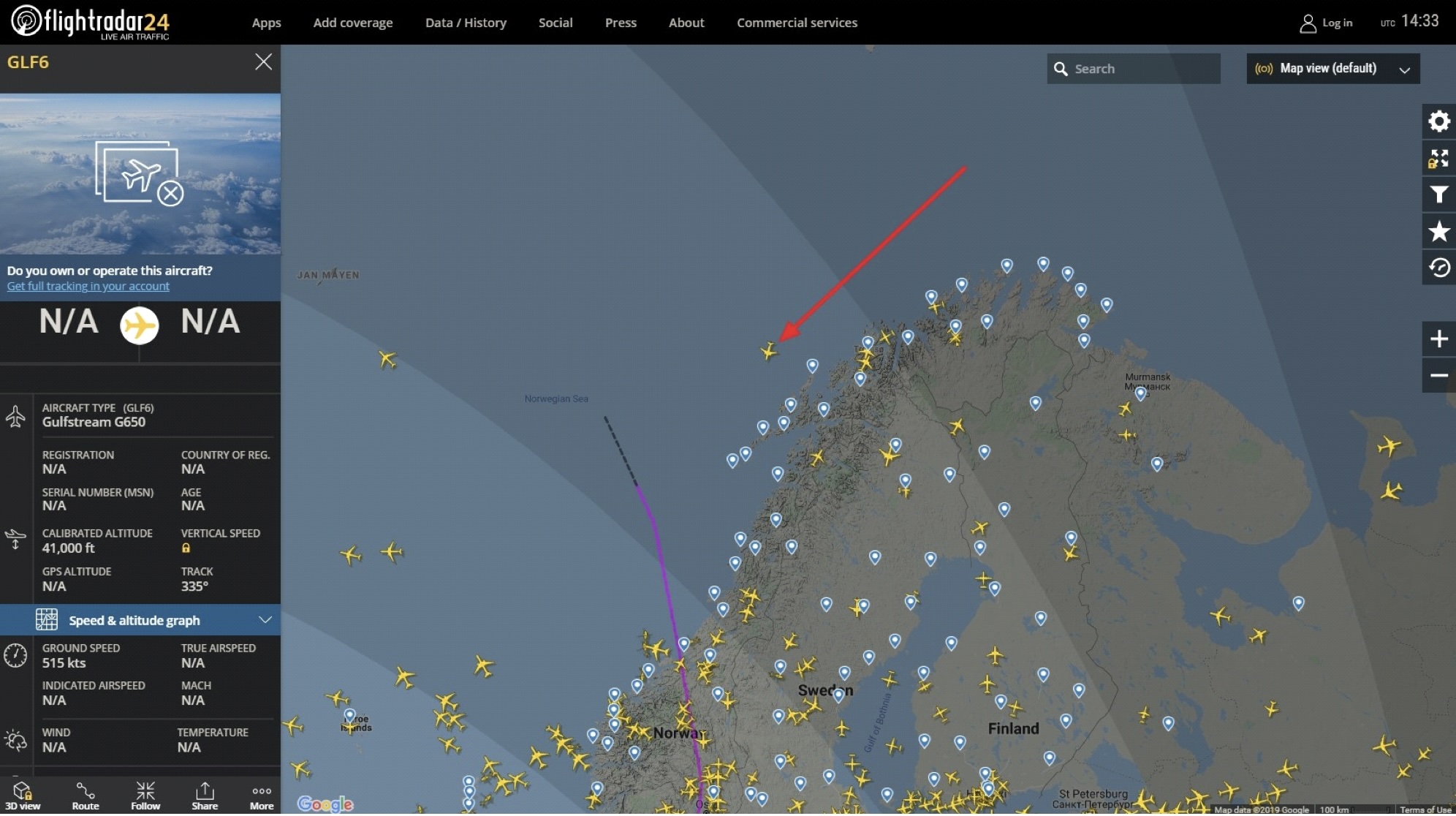
Right silhouette: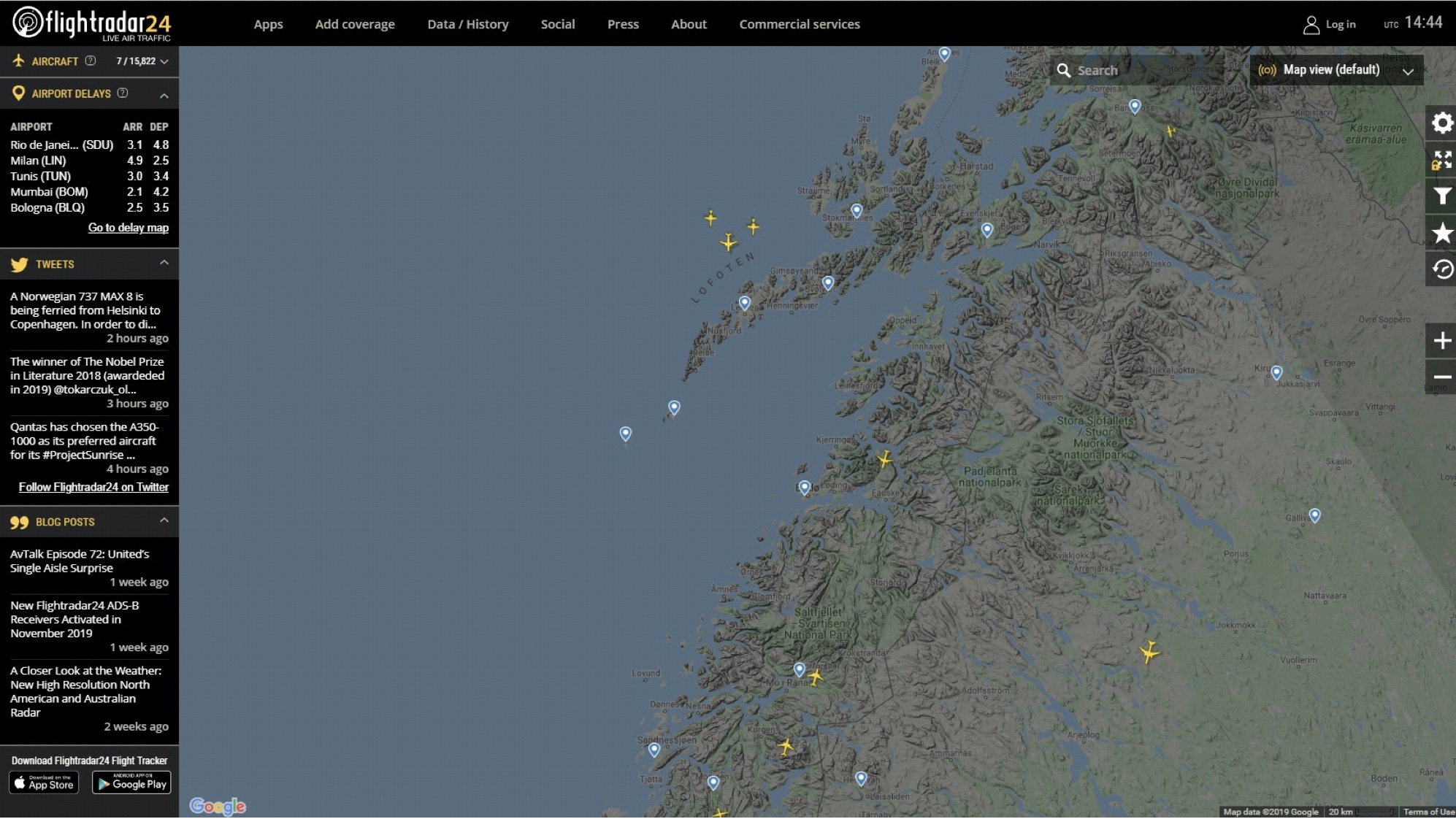
ANOTHER CONVERSATION:
Robert: The Suzy I think is 100 x 100 women's design, isn't it?
Swaruu X (Athena): Yes, the Suzy is 100% female design. The main differences are that the Suzy doesn't have those things with cannons on the tips of the wings, they are normal wings and that's it. The cannons, four, are at the front.
Robert: Only the interior will be modified for the living beings.
Swaruu X (Athena): If you have human form, you need things that go with that form, like chairs, tables, doorknobs. Not everything is automated. A lot of times, simple is more practical. Many advanced ships will have state-of-the-art systems where it matters, and simple, reliable systems elsewhere. This is to improve their reliability.
For example, a Suzy II class ship is state-of-the-art for Taygeta. It has turbine systems that are revolutionary. However, the main access ramp goes up and down with hydraulic pistons that you would see as run-of-the-mill. But once that door, or branch, closes, the polymorphic hull seals in one piece. So you can see old and reliable working simultaneously with very advanced technology.
Everything could be done with the polymorphous metal. The problem is that, for safety, if something goes wrong with these systems, they would be impossible for a deep space crew to fix. So, we still have to use things that can be fixed by hand, with a toolbox. Super advanced is not always better, or safer. Like a '97 Mercedes, it lasts forever and you can fix it. Or a 2020 Mercedes that falls apart at the end of its warranty and no one can repair it, not even at the dealership it came from.
Gosia: What makes Suzys different?
Swaruu X (Athena): Their technology is the most advanced in fighter class technology including engines.
Gosia: Are Suzys the only kind in the Sand Clock teams?
Swaruu X (Athena): Negative, they are also using pulsar class fighters. Sand Clock is only the user, the squadrons. A squadron is made of 12 fighter ships. Sand Clock is one of the two main users. The second is fleet defense for the queens, and that is THIS squadron here. Military branch.
Gosia: Ok. And how would you define a Sand Clock group?
Swaruu X (Athena): An elite group of fighter squadrons trained as special operations air group, and with full temporal manipulation knowledge and training, for strategic purposes.
Gosia: And any pilot can have a Suzy? Or is it only for the Sand Clock?
Swaruu X (Athena): They are special for Sand Clock, only those can.
Gosia: And if all ships can jump in time (hyperspace), then why the Suzy only for the Sand Clock? They can jump with any ship anyway, can't they?
Swaruu X (Athena): Because they have equipment that is considered classified to even Taygeta standards and the fighter ships of the Federation itself. What I can say is that the metallurgy itself and many of the non-metallic materials are also special and more resistant.
This transcript is available for download
file_downloadDownload as PDF file_downloadDownload as TEXTCommunity provided translations
| Language | Author | Updated | Action |
|---|---|---|---|
| русский язык | Bianca1 YouTube» Website» | October 27, 2024 | file_downloadPDF |
| Deutsch | ROLF YouTube» Website» | December 20, 2024 | file_downloadPDF |
